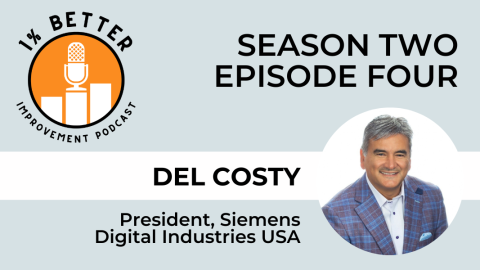
Lessons learned from a high-performing team.
I have been a consultant for some time, having the privilege of working with many great teams and organizations. With experience in portfolio management, more than a decade ago I was working with a high-performing and empowered team. Challenged with some work in our backlog, we wanted to refactor several objects. Since other teams were relying on our functionality, we had the typical pressure of a delivery deadline. The easy answer was to simply make it work and incur the technical debt. A developer put the answer in terms that stuck with me, “If we don’t do this we are proving our detractors right. They say that Agile design is no design”. In the end, we built a product that was better than the one we’d have if we took the shortcut.
So, what does this have to do with Portfolios?
Let’s say a mid-sized company or business unit has five Agile teams working on a product. We could even go a step further and say that the teams are all capable, accountable, and self-organizing. The teams may be highly efficient, each team producing results as expected.
How do we know that the overall goals of the organization are being met? Even if all five teams produced product enhancements that satisfied their niche, there is no guarantee that the overall goals would still be met. Furthermore, if they employ different technologies, API approaches, and test strategies, it’d be difficult to believe that they could produce a fully working tested product. Having five teams, each doing well, does not mean that we are executing a business strategy. The easy answer is to let the teams be Agile and do their own work. The right answer is to manage both the overall product strategy and product development. If we don’t manage both, we are proving our detractors right when they say that Agile management is no management.
Similar to how teams need to broaden their delivery methods, we too need to consider the overall business unit needs. Some call this Portfolio Management.
Unfortunately, there are more definitions for Portfolio Management than I would care to count. For now, let’s just consider the need to execute a business strategy and coordinate work across several teams. A brief list of considerations at the portfolio level should include infrastructure needs, enterprise architecture, coordinated high-level planning, reporting progress against long-term goals, and resolving cross-team dependencies. This is not the definitive list, what your Portfolio Management addresses should serve the needs of your organization.
Portfolio Management is a lesson in servant leadership.
The classic perception of Portfolio Management has phase gates, design documentation, requirements documents, and review boards. How do we reconcile that model with empowered teams/product owners, emergent architecture, and frequent delivery of working tested software? The answer is applying a servant leadership model.
Portfolio Management should be a service to the business unit. A business unit with a strategic plan wants to understand and measure progress against its goals. Portfolio Management utilizes high-level goals from multiple teams to coordinate and develop a plan to meet the business needs. By coordinating work, businesses can deliver maximum value and create a view that does not exist at the team level.
Portfolio Management should also serve the delivery teams. Successful product delivery teams take a system view, coordinate infrastructure, enterprise architecture, test strategy, and address cross-team constraints. Again, this is a view that individual teams simply do not have. Portfolio Management can help make teams more successful.
Is there a place for Portfolio Management in an Agile world? Yes, Agile Portfolio Management can serve both business and information technology needs. Essentially, Agile Portfolio Management is multiple teams working together to deliver a complex product to execute a business strategy. I would say that anything short of good Portfolio Management may be irresponsible. Let’s not prove our detractors right.
Steve Fastabend is Senior Essentialist at Trissential/SQS









